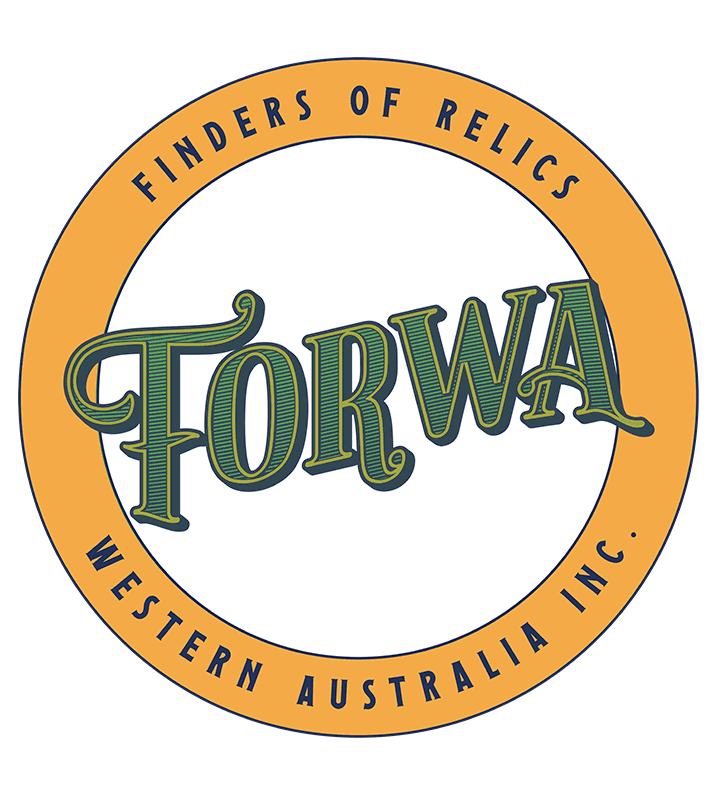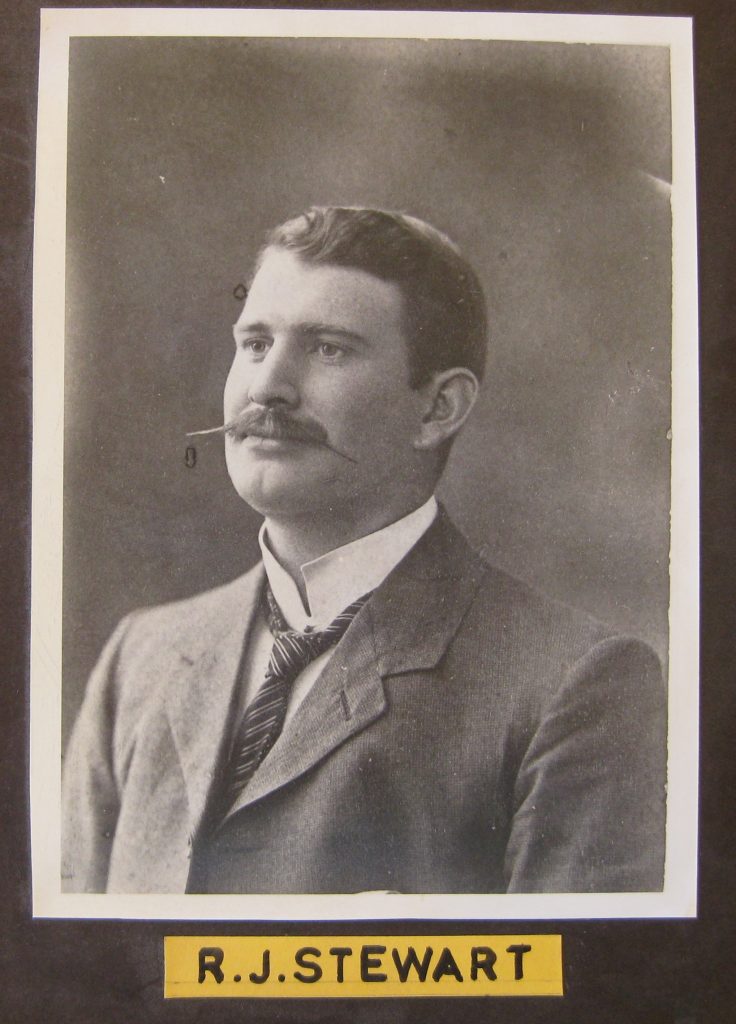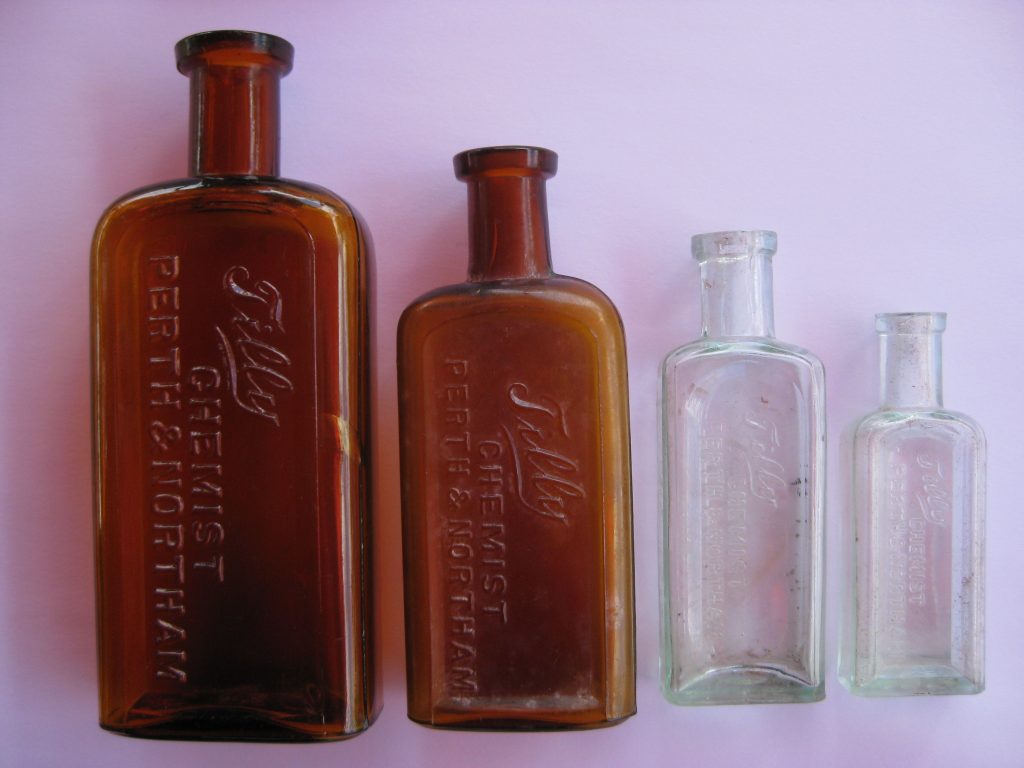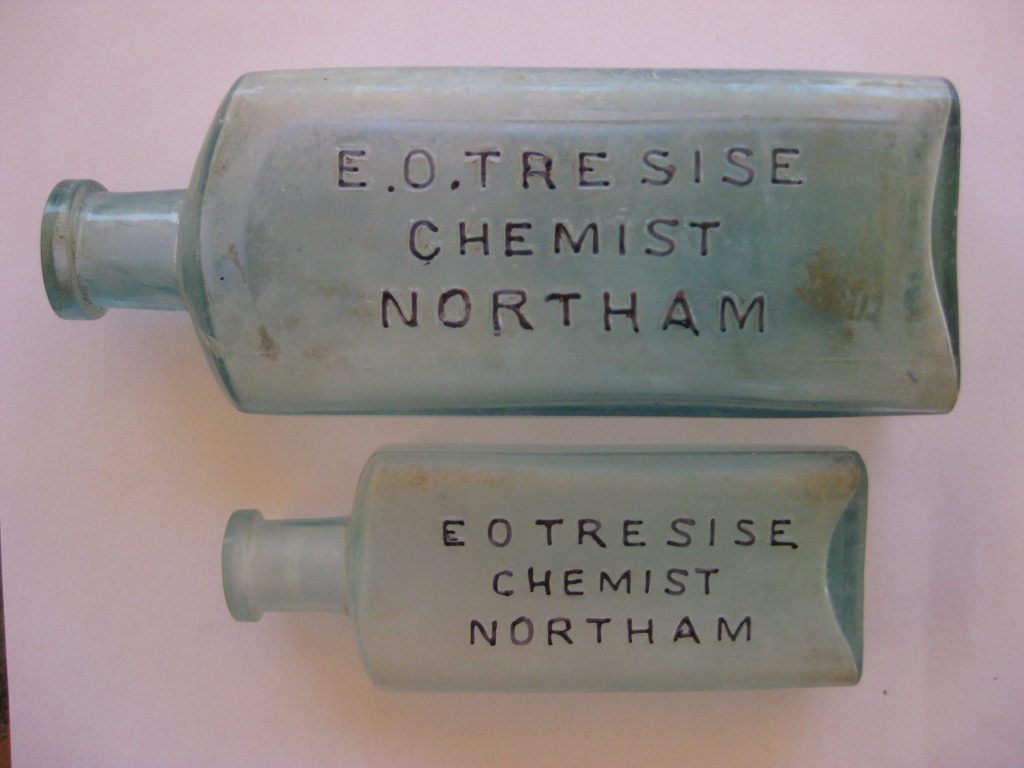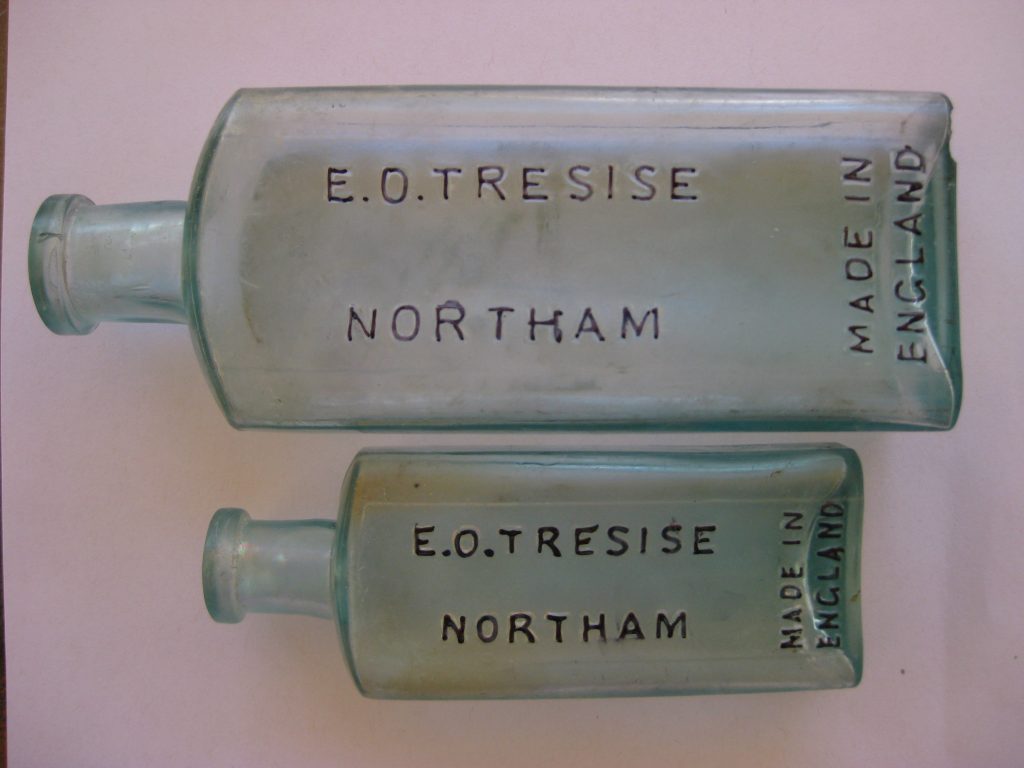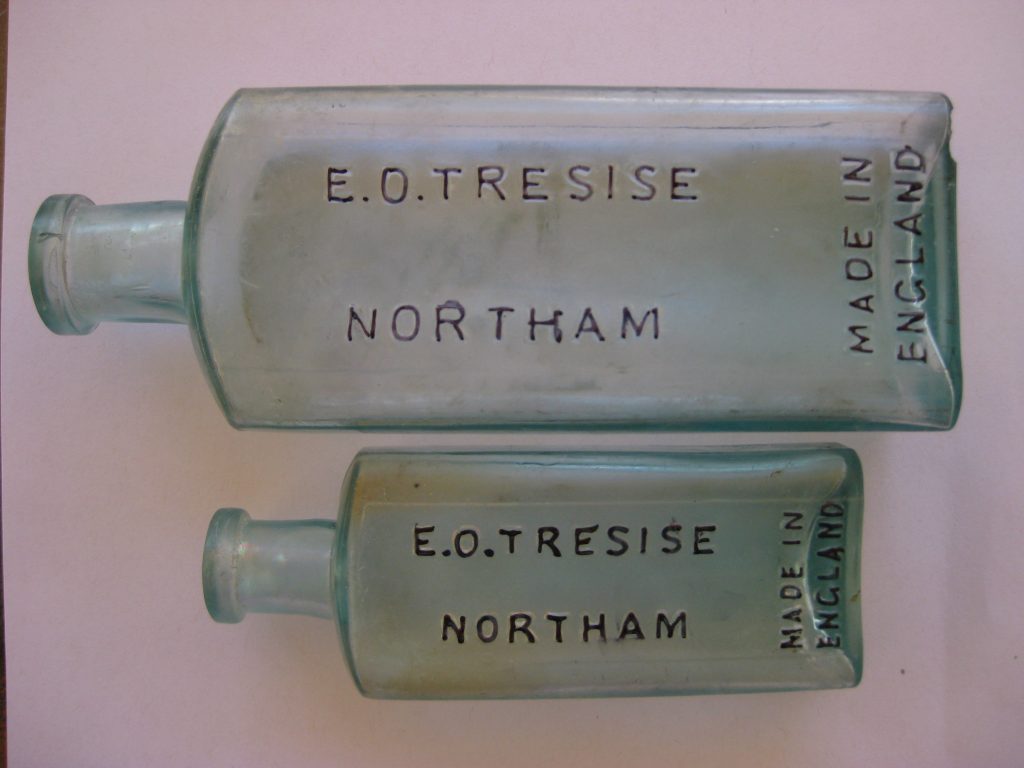Northam was discovered by a party of explorers led by Ensign Robert Dale in 1830 however the Townsite boundary was not officially gazetted till 19th April, 1836.
Furthermore, subdivision commenced somewhat later when suburban lots and building lots were surveyed in 1847.
The building lots were not offered for sale till 1849 – 1850.
Northam is an extensive townsite set out on both sides of the Avon River and it was divided into the West Ward, Central Ward and East Ward.
Two significant roads in the townsite were Russell Terrace and Peel Terrace.
The name of Russell Terrace was changed to Fitzgerald Street in 1897 and this area really became the business hub of Northam.
Having this understanding and putting some history of Northam townsite aside it seems that as late as 1892 the first chemist Hubert Bartlett-Day established himself as resident chemist in the township.
His death notices and various papers of the time record H B Day as being born in Maidstone, Kent, England.
He arrived in Victoria around 1890 but quickly moved to Northam where he established himself as a chemist.
He was already recognised as a dental surgeon and advertisements over the following years ensured he was recognised as both chemist and dental surgeon.
His initial shop adjoining the busy Peel Terrace is described as being in East Northam at the time.
This is evidenced by his embossed chemist bottle H Bartlett Day Chemist East Northam. His bottle is 15cm in length (see photo gallery at bottom of post).
He may have gone by the name Day as recorded in the West Australian Post Office Directories and the excellent reference book “A History of Pharmacy in Western Australia” by Alan McWinney however his chemist bottle is correctly worded, supported by newspaper articles and his death notice.
It is recorded that a fire totally destroyed his chemist shop and the adjoining refreshment rooms in January, 1898.
Both these properties were owned by his father-in-law George Throssell – a well established businessman in Northam and remembered later as the Minister for Lands and briefly Premier of Western Australia.
This premises was in Peel Terrace.
Bartlett-Day quickly established a new building in Russell Terrace (Fitzgerald Street) and it is recorded at the time by the Northam Advisor Wednesday 10th August, 1898 that Bartlett-Day’s handsome new chemist shop had been opened with a central feature being a rockery surrounded by ferns and pot plants and a water fountain.
Locals considered this building just too good for Northam at the time.
Hubert Bartlett-Day had married Evelyn Throssell daughter of G Throssell. By 1907 Bartlett-Day had moved his business to York much to the dismay and disappointment of Northam residents.
His Northam chemist business was taken over by Robert John Stewart (R.J. Stewart).
Hubert Bartlett-Day passed away 19th May, 1932 at the age of just 63.
While Bartlett-Day had progressed his business to York around 1907, he retained the chemist shop in Northam.
This property in Fitzgerald Street was registered in his wife’s name and she went by the name Evelyn Day.
Robert John Stewart appears to have arrived in Northam as a chemist around 1907, having been in partnership in the business Stewart & Freeman chemists of Perth for some time.
It’s likely he operated directly out of the established Bartlett-Day shop and it is further recorded that on the 15th April, 1910 he took out a seven year lease on that chemist shop premises by agreement with Evelyn Day.
These details are recorded in Lease number 44 of 1910.
Stewart established himself in Northam as a chemist and he also excelled in the field of veterinary work.
He continued to operate out of the Fitzgerald Street premises and on the 29th October, 1924 he purchased the property outright from Evelyn Day.
Early Stewart chemist bottles are embossed “Chemist R.J. Stewart Northam” with the R.J. Stewart in a sash across the bottle. His bottle is 15cm in length (see gallery).
Like many other chemists, Stewart would have progressed to plain bottles using paper labels. He remained in business in Northam till the mid 1930’s.
Around 1904 Arthur Lesley Tilly (A.L. Tilly) formerly of Ratcliffe & Tilly, Perth had opened a branch in Northam.
The life and achievements of A.L Tilly can be read in “A History of Pharmacy in Western Australia”.
As Tilly by now was so busy with other engagements he employed Ernest Oliver Tresise (E.O. Tresise) to manage his Northam branch.
Tresise had previously practised as a chemist in South Australia and briefly in Perth.
Sometime perhaps in 1906-07 it shows that Tresise took over the Tilly branch in Northam in his own right.
Tresise married Ida Chapman on 17 September, 1907.
It is likely any bottles embossed “Tilly Chemist Perth & Northam” were only supplied for a very brief period of time.
Tilly Perth & Northam bottles include brown examples being 15cm and also 12.5cm in length, light aqua 10.5cm and also those 8.5cm in length (see gallery).
Tresise continued as a chemist in Northam till at least the late 1930’s.
His embossed bottles are the most commonly found chemist bottles in Northam.
They can be embossed either E.O. Tresise Northam and heavily embossed at the front base with “Made in England” or otherwise E.O. Tresise Chemist Northam.
Examples include sizes 16.5cm, 15.0cm and 11.0cm in length (see gallery). This particular H Bartlett-Day bottle was recovered from the shallow southern end of the billabong tip in Northam which is somewhat older than the deeper part of the billabong tip.
It still remains quite a hard bottle to obtain.
A few of R.J Stewart’s bottles were also recovered from the middle of the billabong tip along with examples of E.O Tresise bottles.
Anyone having dug at the trotting track tip which is generally slightly more modern would have one if not all of the Tresise bottles and these seem to have been made in the greatest quantity of all the embossed Northam chemist bottles.
The A.L Tilly Perth & Northam bottles also predominantly came from the billabong tip.
The towns people of the day had little regard for people living down stream as evidenced by the number of rubbish tips mostly downstream from the original Northam Townsite.
